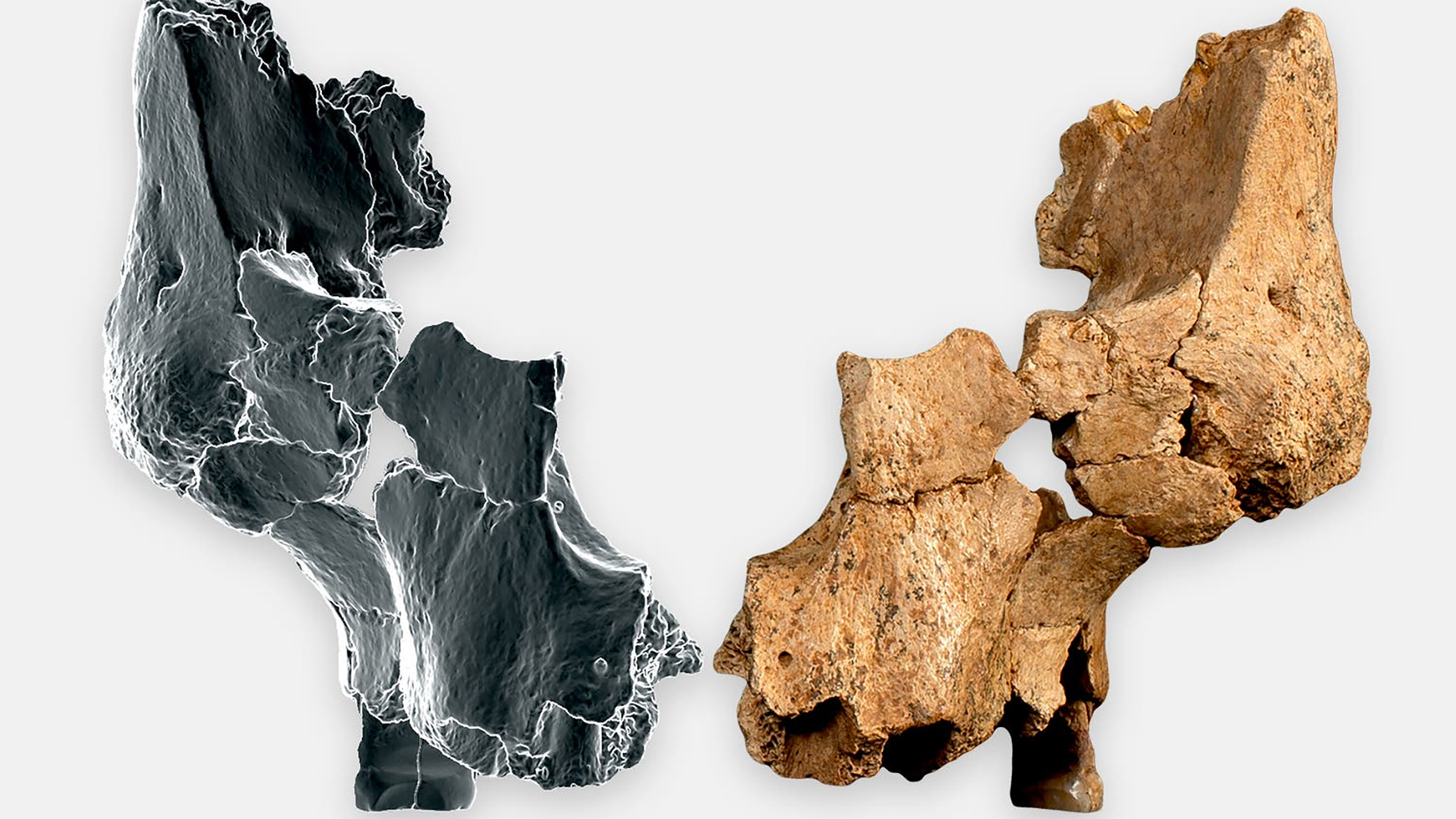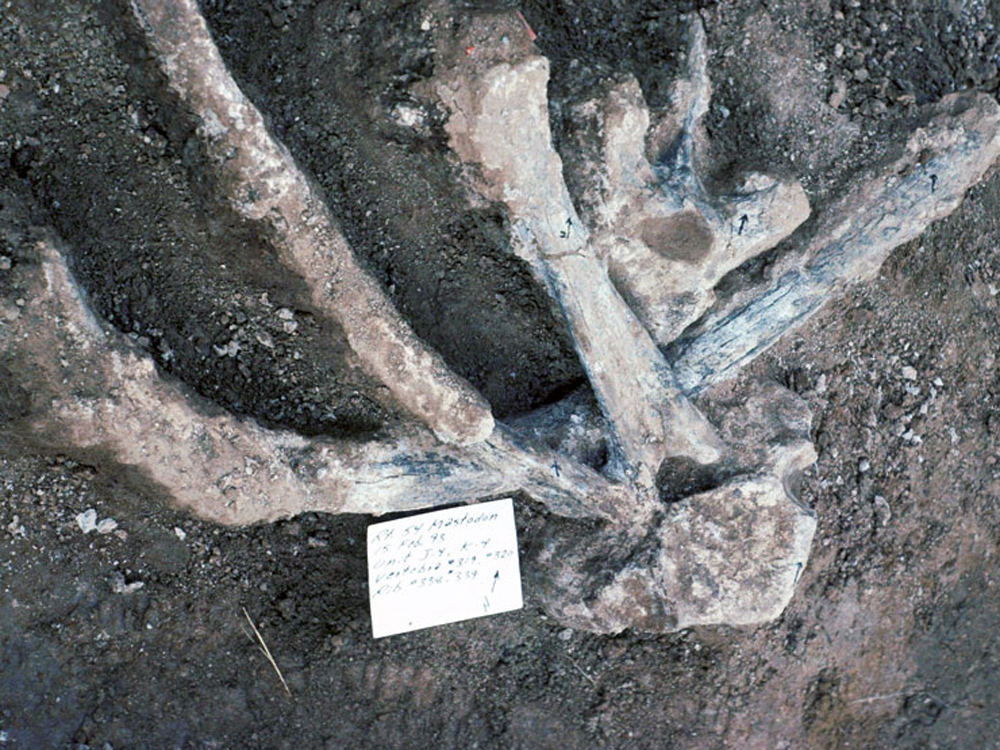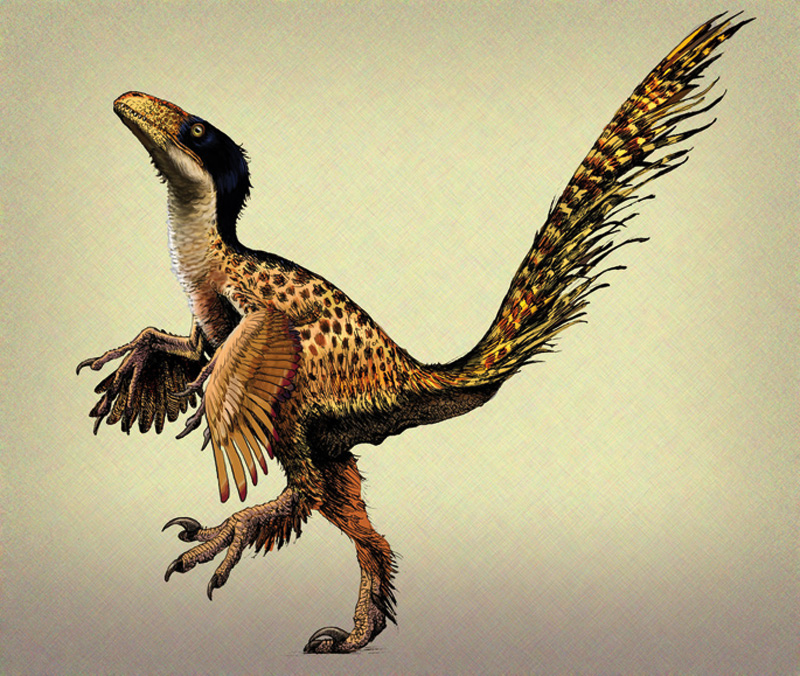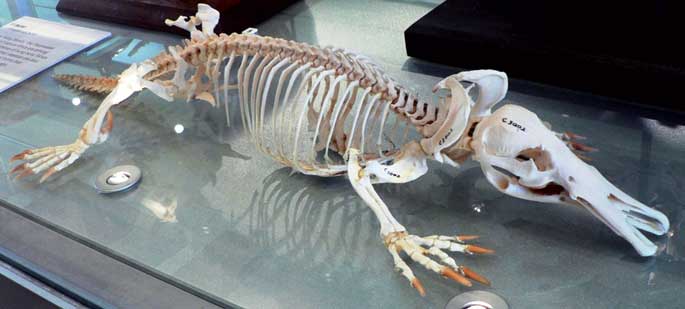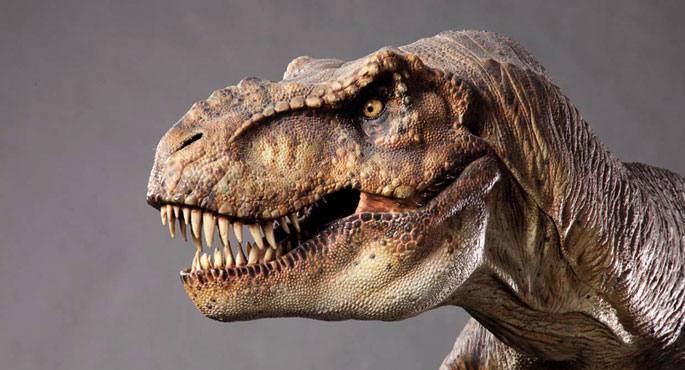Lucy is not our oldest ancestor.

Since his bones were found in Ethiopia in 1974, Lucy (in the photo) has been considered our oldest ancestor. The remains of Australopithecus afarensis are 3.2 million years old. There were 52 bones of a woman about twenty years old and barely a meter, 40% of the skeleton, which is unusual in such old remains.
However, according to a recent study published by Ethiopian Chalachew Seyoum in Science magazine in Ethiopia itself, a piece of fossilized jaw found 25 kilometers from Lucy is homo, and older than Lucy, 2.8 million years ago. Once the Seyoum theory is proven, the family tree of our species will change once again. n
Atapuercako aztarnategian hominido zahar baten aurpegi-hezur zatiak aurkitu dituzte. Homo affinis erectus bezala sailkatu dute giza-espezieen artean, eta gure arbasoek Afrikatik kanpora egindako lehen migrazioei buruzko teoriak irauli ditzake, adituen arabera.
A group of researchers from the University of Texas (USA) has analyzed the vocalization of current birds in order to infer the sounds produced by their dinosaur ancestors. “The results show that oral vocalization has evolved up to at least sixteen archeosaurs (the group... [+]
Cuckfield (England) 1822. Mary Ann Mantell found a large fossilized tile in the forest of Tilgat. When the finding was communicated to her husband, the geologist Gideon Mantell (1790-1852) recorded the area until finding other signs and began studying them. The research work was... [+]
In Jurassic park, Michael Crichton imagined the return of the dinosaurs. Thanks to the cloning of the DNA that a mosquito carried in the blood, giant lizards reappeared on Earth. Steven Spielberg was in charge of bringing the story to the movies.
In an article recently published... [+]











